Home » Gear Reviews » Hiking & Camping » Snowshoes » MSR Lightning Ascent
MSR Lightning Ascent Review
December 7, 2017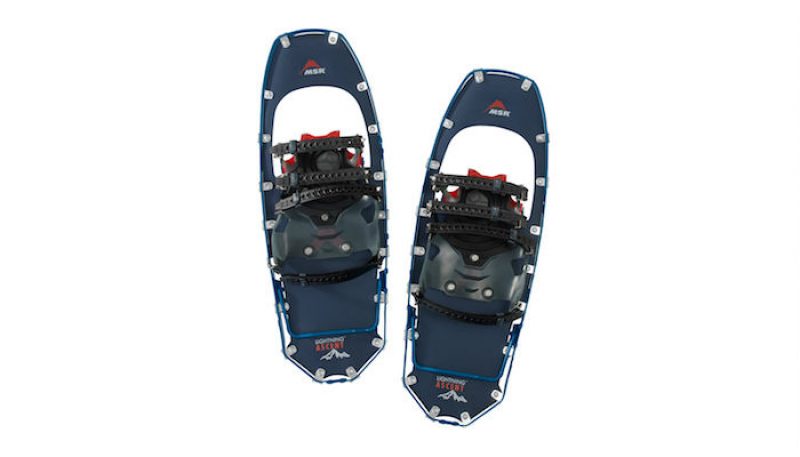



 96
96 The Good
- Versatile
- Great Traction
- Comfortable, supportive binding
- Made in the USA
The Bad
- Limited sizes in women’s-specific design
- A tad heavy
- More expensive than others
- Not the best for powder conditions
When the snow slopes get steep and icy, the MSR Lightning Ascents shine the brightest. These shoes represent the latest upgrade to a well-proven mountaineering snowshoe. Thanks to their steel-blade frame and aggressive crampons, the newly updated Lightning Ascents provide unmatched traction even when climbing near-vertical slopes. We trekked up the steep False Summit Pitch on Washington’s Mount Adams and scaled several routes around Jackson, Wyoming.
Ease of Use
The simple, yet secure four-strap binding locked the snowshoes securely to my boots without undue compression or pinching. The soft synthetic rubber straps adjusted individually with ease, even when wearing bulky gloves and the materials stayed pliable even in cold (-10 degree F) temperatures. We found the bindings fit securely on everything from light mid-height trail hikers to heavy snowboarding boots – an important consideration for backcountry boarders seeking assistance on their climbs up to steep lines.
When the route got steep, heel lift bars helped reduce calf strain during the ascent. MSR engineered the elevator bar so that it can be quickly snapped up into use with a flick of a pole tip, and we found it stayed up as long as we needed it. The bars stayed in place without fail until another push of the pole collapsed them back out of the way. This simple system proved the easiest and most secure heel elevator in the class.
Binding Support/Effectiveness
The four-strap binding, dubbed the Posilock AT binding by MSR, out-performed virtually all its competition. It’s not the snazziest looking binding, but the four synthetic rubber straps offer minute adjustments, which can be made while wearing gloves. Tweaking the tightness of each of the four straps creates a perfect fit for any snowshoer regardless of their footwear selection. I even got a snug, comfortable fit while wearing only socks (just to see if I could!).
Better yet, once locked in, the binding keeps the snowshoes firmly in place, tracking straight-ahead even when negotiating steep traverses. We encountered virtually no heel slip or snowshoe twisting, while crossing slopes of up to 50 degrees.
Traversing, Ice, Technical Conditions
The Lightning Ascent works almost like a mountaineering crampon when used on crusty snow and ice. The aggressive traction bites firmly into even the hardest glacier ice, keeping snowshoers upright and on track. The frame of the snowshoe itself provided incredible traction, thanks to the vertical nature of the aluminum ‘blade’ design. The bottom edge of the frame material is serrated, with multiple sharp points and ridges to provide fierce bite onto any surface. Cross bars under the heel and mid-foot provided additional grip, while aggressive forward-pointing toe crampons securely bit into slick slopes with each kick-step forward on a climb.
Natural Stride
MSR’s snowshoe designs typically incorporate a narrower design than some of its competitors, and that proved true with the Lightning Ascent. By keeping the snowshoe slim, with a modest taper from to tip to tail, the designers allowed me to enjoy a more natural stride without the waddle required with other, wider snowshoes. In this, the Lightning Ascent proved to be the most comfortable option in terms of walking comfort. The strain on hips and thighs was greatly reduced because there was less need to swing my trailing leg wide to avoid stepping on the tails of my lead-foot snowshoe, which ensured long days on the trail didn’t have me walking like a saddle-sore cowboy afterward.
The more natural stride also made it easier to move up, down and across steep, slippery terrain. The less straddle-legged the stride, the more efficient the locomotion, and our testers universally agreed that the MSR Lightning Ascents facilitated the easiest, most efficient stride motion of any ‘shoes we tested.
Powder Flotation
The design elements that make the Lightning Ascents so exceptional in steep terrain work against the snowshoe performance in deep, soft snow. The narrow decks and blade-style frames pushed through powder, letting me sink upwards of a foot deep before the snow underfoot was compressed enough to support my weight on the MSRs. Of course, in fresh powder, all snowshoes will sink to some degree. But by my estimate, the MSR Lightning Ascents penetrated up to 20 percent deeper in powder than the best flotation shoe (the Tubbs Mountaineer). That said, without the Lightning Ascents, we would have been wallowing waist deep in the stuff, so having first tracks sink to mid-calf was more than tolerable.
Dan Nelson
- Managing Editor & Fly Fishing EditorDan Nelson is GearInstitute.com's Managing Editor & fly fishing editor. He is based in the Pacific Northwest.










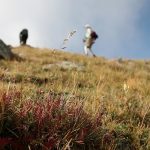
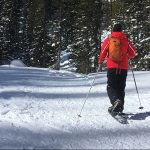


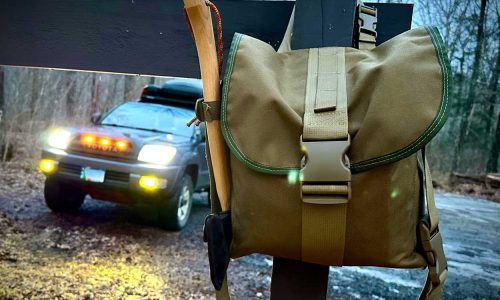
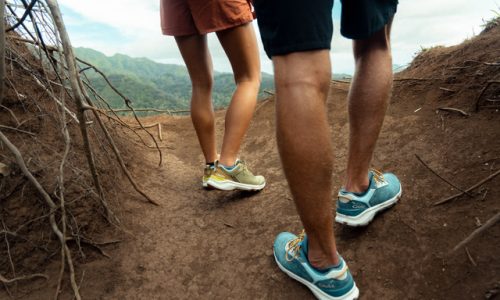

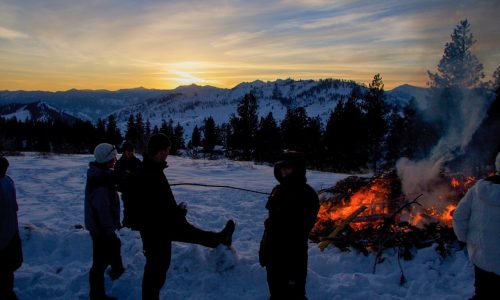
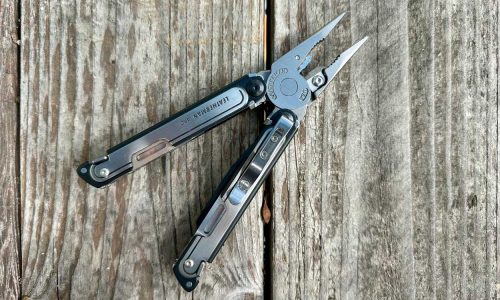
No reviews have been posted for this product.
Use this gear?
Join Gear Nation and leave a review!
Create an Account